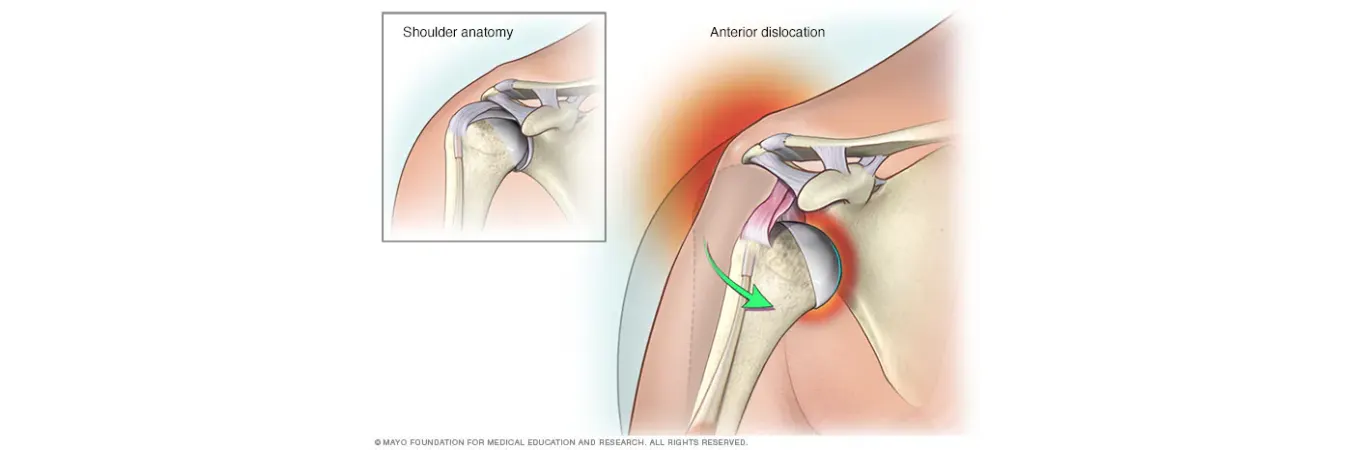Types of Shoulder Dislocation Treatments
Treatment options for shoulder dislocations vary depending on the nature and extent of the injury. Orthopedic surgeons typically recommend treatment options based on the specific characteristics of the injury.
Total shoulder replacement surgery: This surgical procedure involves the removal of damaged components of the shoulder joint, which are then replaced with artificial implants to restore joint function.
Medication: Healthcare providers often prescribe medications to manage pain and reduce inflammation. It's essential to avoid the prolonged use of over-the-counter (OTC) pain relievers without consulting your healthcare provider.
What are the Different Types of Shoulder Dislocation Surgery?
Different types of shoulder dislocation surgery, along with their procedure, are as follows:
Bankart repair surgery: Bankart repair is typically performed to address recurrent shoulder joint dislocations. During this procedure, worn-out ligaments are reattached to their proper positions within the shoulder joint, aiming to restore normal function.
Capsular shift surgery: This surgical intervention tightens the joint capsule by using an arthroscope to stabilize the shoulder. The surgeon tightens both the capsule and ligaments to enhance shoulder stability.
Latarjet procedure: Recommended when there is bone loss in the shoulder's socket, this procedure involves taking a small amount of bone material from the coracoid process (part of the shoulder blade) and transferring it to the front part of the shoulder socket. Alternatively, bone grafts from the patient's iliac crest (part of the pelvic bone) or from a donor may be used, though this increases the risk of infection.
Remplissage procedure: This procedure is considered if dislocation has damaged the humeral head, resulting in a condition known as a Hill-Sachs lesion. The procedure involves resurfacing or filling in the defect by fixing it to a part of the rotator cuff.
Recovery After Shoulder Dislocation Treatment
Post-Surgery Hospital Stay: After the surgery, you may need to stay in the hospital for a day for close monitoring of your recovery.
Pain Management and Antibiotics: Pain medications and antibiotics may be administered to manage pain and prevent infection at the surgical site.
Physiotherapy: Physiotherapy is usually recommended approximately one week after the surgery. A healthcare provider will guide you through exercises and home care. An immobilizer sling may be used for 4-6 weeks if necessary.
Limited Arm Use: It's advisable to use only the non-surgical arm for daily activities for at least five to seven days after surgery.
Driving and Physical Activities: You can typically resume driving after 4-6 weeks post-surgery. However, lifting weights with the surgical arm and participating in contact sports should be avoided for at least six months after surgery.

